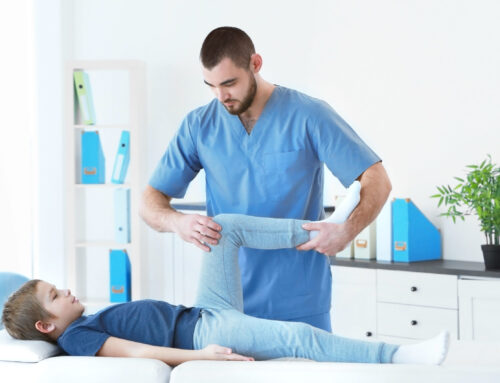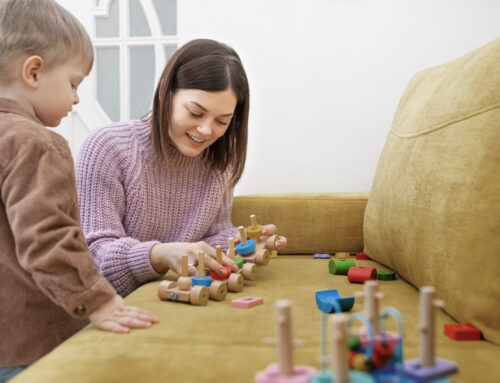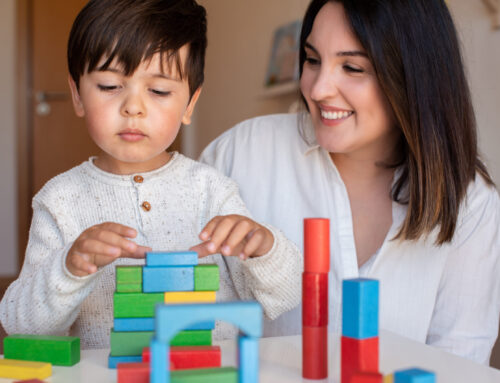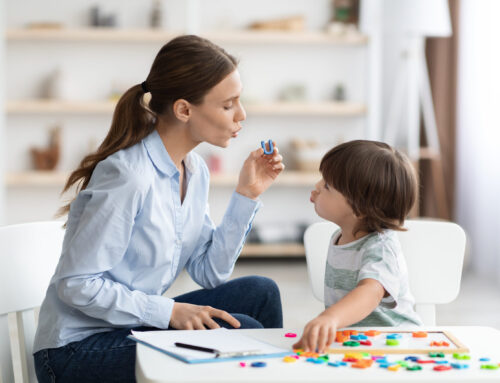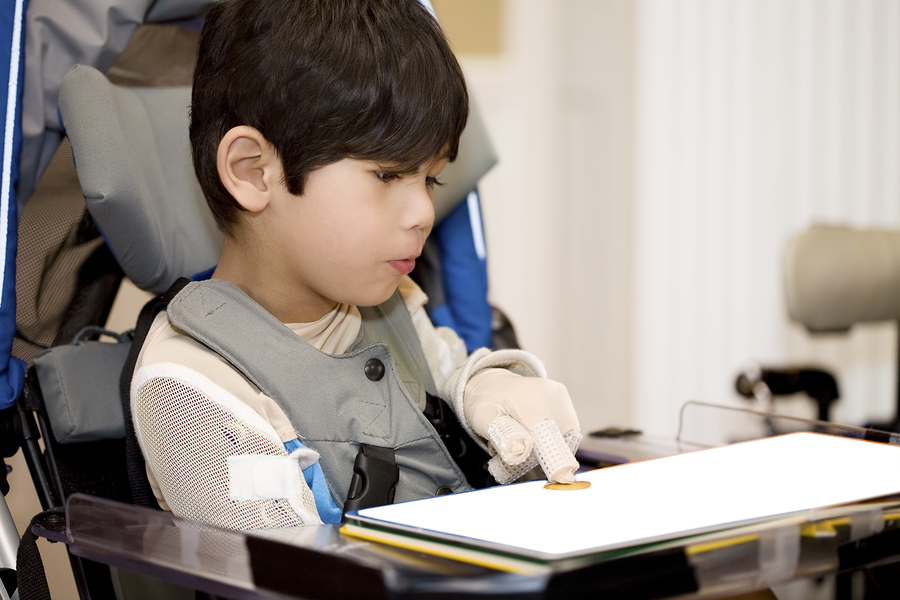
Cynthia is a 4 year old female with spastic cerebral palsy. Ever since she was born, Cynthia has been having profound trouble getting around because both of her legs are affected. Her mother, Jana, started Julia off in early intervention services once it became clear to her that Cynthia was falling behind in her developmental milestones. At age 2, she could hardly stand on her own without the assist of her mom or a piece of furniture. Her hands are mildly affected by her cerebral palsy, making it very difficult for her to hold a crayon or a pencil, zip her own pants up, tie her shoes, and play with her toys. Cynthia is going to be turning 5 soon and will be enrolled in kindergarten in about 6 months from now.
For some parents, defining cerebral palsy is like preaching to the choir. However, and short overview may be helpful for parents who are experiencing it for the first time and don’t know what to expect for their child over the next few years. Cerebral palsy describes a group of disorders that impact typical movements and posture. Because of damage to or dysfunction of the brain, the body shows abnormalities in muscle tone, muscle control, muscle coordination, reflexes, and overall posture. Some forms of cerebral palsy come with speech and language impairments, epilepsy, visual deficits, and intellectual disabilities https://research.cerebralpalsy.org.au/what-is-cerebral-palsy/.
There are three main subtypes: quadriplegia (all four limbs affected), diplegia (usually the two lower limbs), and hemiplegia (same side arm and a leg are affected). Motor control abnormalities include spastic (tight), dyskinetic (involuntary movements), and ataxic (shaky or tremor-like movements). Review Cerebral Palsy Alliance Research Foundation’s chart for further details about subtypes at https://research.cerebralpalsy.org.au/what-is-cerebral-palsy/types-of-cerebral-palsy/.
Cerebral palsy for a young child means that their participation in daily activities at school, at home, and in the community will change drastically because it is a life-long condition. Like Cynthia’s situation, the following examples strongly reflect what those changes look like (worst-case scenario):
- Inability to run around the playground and climb gym equipment and recess
- Inability to dress, shower, and toilet themselves
- Inability to self-feed at home or in the cafeteria
- Inability to sit up in a desk to complete school work
- Inability to communicate and make friendships at school
- Inability to walk from classroom to classroom
- Muscle pain and tightness negatively distracting them from other tasks
- Increased number of falls and injuries
Each child with cerebral palsy as a unique set of limitations, but it is still possible for them to live a fulfilling life with the right help. Occupational therapy (OT) is only one of the many professions that can offer relevant services for children with cerebral palsy. More importantly, OT takes a specific approach in which they address the child’s goals, carefully assess the activities they want to or must complete, and then helps the child revamp their lifestyle so they can complete tasks as independently as possible. Home health OT is especially effective because the therapist is allowed to work with the child in their home and community environments in which they are familiar and comfortable with. Here are some examples of interventions OT has used with children with cerebral palsy:
- ADL interventions: Eventually, young children in many families are expected take care of their own personal needs including dressing, toileting, showering, and self-feeding. All of these tasks require refined fine motor strength and coordination as well as the ability to stand, sit up, and change positions without support from others. OT can specifically work with children in breaking down each task, discover the barriers, and then eliminate the barriers with restorative (improvements to the child’s physical movement) and compensatory (introducing adaptive equipment) interventions.
- Neuro-developmental Treatment: Some OTs are highly knowledgeable or certified in Neuro-developmental Treatment (NDT) in which past theories were based off of working with individuals with cerebral palsy https://www.ndta.org/whatisndt.php. It’s a fairly complex treatment that is useful for addressing muscle strength, range, and coordination.
- Splinting/bracing: Given that the majority of children with cerebral palsy are of the spastic type, this means that many clients are dealing with heightened muscle tone. In other words, children experience limited abilities in voluntarily moving their arms and legs in full range and strength in order to walk, sit up straight, stand, change positions in bed, crawl, climb the stairs, and the list goes on. Over-time, muscle tissue is some cases can atrophy and break down. Some OT’s may recommend a rigorous splinting or bracing program in order to prevent breakdown and loss of movement.
- Range-of-Motion and Therapeutic Exercise: Often times, an exercise program is paired with a splinting program in order for the child to maintain as much joint range and strength as possible. For home health programs, OTs will usually train family members on how to assist the child in carrying out daily splinting and exercise programs.
- Adaptive Equipment and Durable Medical Equipment: Some children may benefit from having some external supports which include: walkers, adaptive feeding equipment (plate-guards, weighted spoons, etc.), wheelchairs, and communication boards just to name a few. Such adaptive equipment should be useful across several environments including the home, school, and the community.

